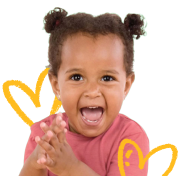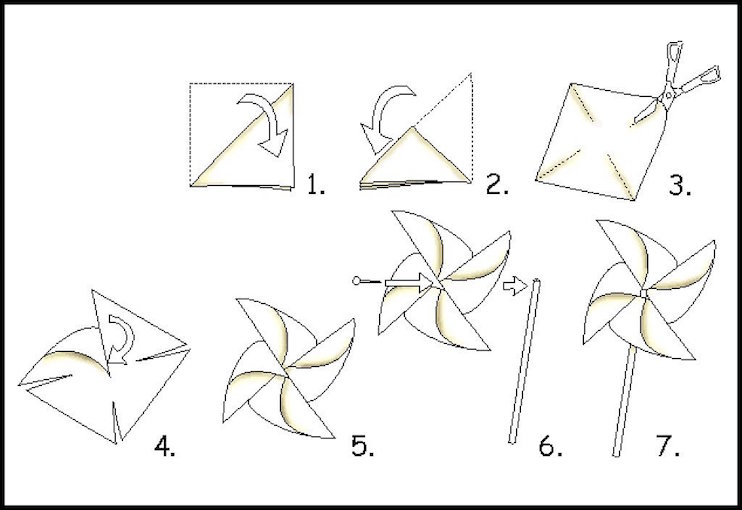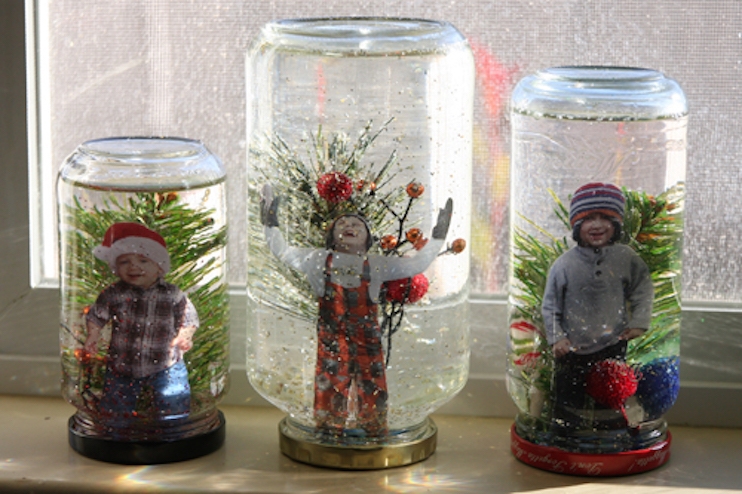
When a parent seeks out our resources we can safely assume that there is a great deal of love and enthusiasm towards learning. After all, baby signs are usually embraced by families with a higher level of education that firmly believe in the value of going the extra mile. If you are one of those parents perhaps you have faced moments of discouragement where you feel like you have missed nearly every milestone. If you are facing a season where everything seems uphill take courage; these resolutions may just be exactly what the doctor ordered.
1. Always Be Willing To Try Something New
Don’t be stuck in a rut. If a particular teaching or learning method is not your cup of tea by all means experiment. What works for one baby does not necessarily work for another. Give yourself some grace and try something new even if it is out of the ordinary. For us, it meant abandoning traditional potty training methods and using full immersion. We literally took a week off to fully focus on potty training. It was intensive and totally non-traditional but it worked for us.

New
2. Find Ways to Make it Fun
One of my biggest and most regrettable parenting mistake was to always take the learning process way too seriously. I would often stay up reading the latest and greatest parenting books and finding every possible way to apply it to the day-to-day of our children. If you are new at the business of parenting I strongly encourage you to take it easy. Raising a child whose heart is ready to embrace joy is far more important than any other life skill we can teach. Constantly strive to add a bit of fun to every didactic activity. Be in the business of building happy memories.
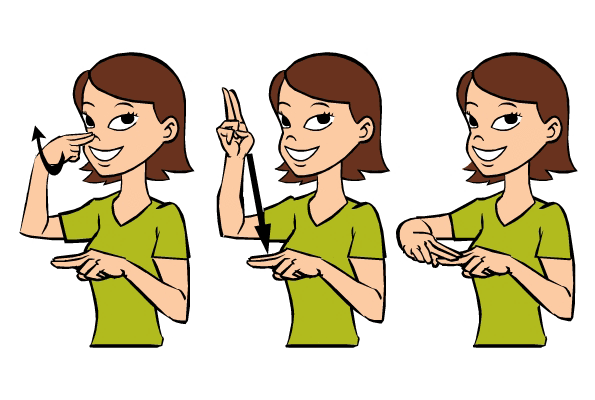
Fun
3. Learn to Say No More Often
In saying no to the things that don’t matter, we begin to say yes to the things that matter the most. Prioritizing is essential during the first year of learning. Use the time that is available to you and your baby to engage in learning processes that will last a lifetime. Teach emotional skills, teach character and teach them how to learn. Once they have the basics downs everything else will be a breeze.

No
4. Work on Developing Patience Both Ways
I cannot stress it enough. Learning how to wait will transform the way you teach your baby and will radically impact the way your baby learns. Always reward your baby for having a positive attitude while waiting for something and make an effort to shape your character and responses in such a way that all your baby perceives is radical and loving patience.

Wait
5. Make Learning a Game
All humans learn best in the context of play or during a natural interaction. Babies learn about competition, goals and rewards pretty early in their development. Incorporating play to the way you teach them will accelerate their receptiveness to new concepts. We always begin with simple dynamics and continue adding nuance to the games we create or duplicate while learning new things
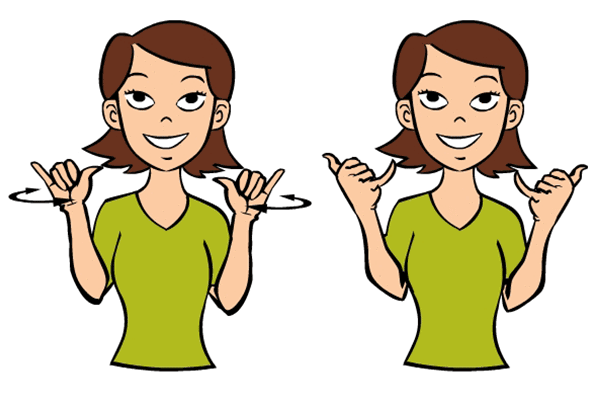
Play
6. Make Learning a Family Affair
The fastest way to parental fatigue is to do it all alone. Whenever possible involve everyone in the family in the efforts of teaching new concepts and ideas. From learning to eat solid foods to walking our first steps it is always easier if everyone is on the same page. I have made it a point to send a monthly email to grandparents, aunts and best friends highlighting our learning achievements for the prior month and providing insights on what we are planning to learn in the next 30 days. Their support has been invaluable.

Family
7. Materials & Resources Matter – Get the Best Books
The things we teach our baby are only as good as our knowledge. Invest in having first class materials as well as the best references to ensure the knowledge you are transferring to your little one is accurate. When we first began designing our baby sign language kits we did it because the resources available did not take into account best practices in teaching and learning communication skills. When you encounter a barrier, be hands-on and solve it. On occasion you will have to cobble together your own resources to accommodate to your child’s learning needs.

Book
8. Select Caregivers That Care
Your choice of early childhood care will define many aspects of your child’s development. Pick wisely. A caregiver must share your vision and passion as well as your teaching style. Your babysitter, nanny or daycare should be holistic in their approach to raising little ones in a collective setting.
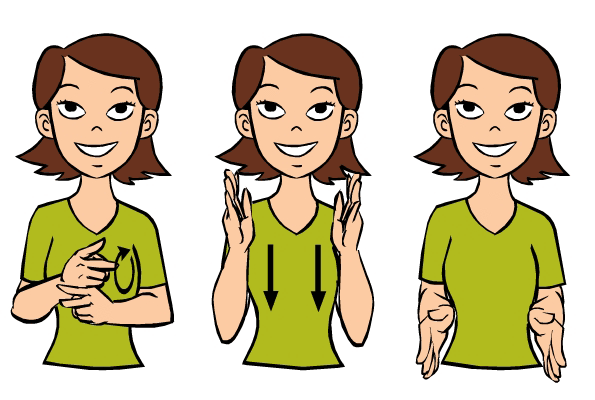
Nanny
9. Seek Out Community & Make Friends
There is a reason why Montessori style learning is never out of style. All children regardless of their age appear to learn best through imitating their peers. Be resolute when it comes to establishing functional social networks for your infant. Make friends from the very start. Make time to attend play group or host one at your home. When it comes to growing and learning, friendships do matter.

Friend
10. Don’t Give Up!
Every baby is different in the way and pacing of their learning. Don’t allow discouragement to be part of your life. Be your best cheerleader always looking for better ways to share knowledge with your baby to create the strongest foundation possible. When it comes to your baby, may your war song always be go mama go!
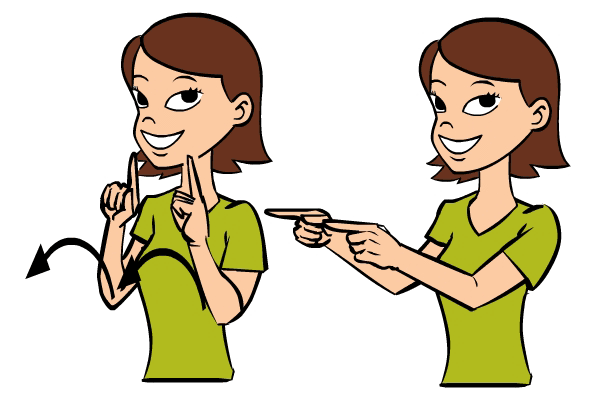
Go
If you found this information useful, check out our award winning baby sign language kit. It includes more than 600 signs, covers advanced teaching methods for faster results, and includes fun teaching aids like flash cards.
The Standard Baby Sign Language Kit, bundles together everything you need to get started with signing in one box, at a steep discount. The kit includes: (1) Baby Sign Language Guide Book; (2) Baby Sign Language Dictionary: (3) Baby Sign Language Flash Cards; and (4) Baby Sign Language Wall Chart.
Baby Sign Language Guide Book shows you how to teach your child how to sign. The book begins with a Quick Start Guide that will teach you your first signs and having you ready to sign in 30 minutes. As your baby progresses, you can delve into more advanced topics like combining signs to make phrases, using props, and transitioning to speech. (Regularly $19.95)
Baby Sign Language Dictionary contains over 600 signs including the most common words, the alphabet and numbers. The dictionary helps you expand your child’s vocabulary, and has the breadth of coverage that lets you follow any child’s natural interests. Each sign is illustrated with two or more diagrams, showing you the starting position, the ending position, and intermediate motion. This makes learning new signs easy. (Regularly $19.95)
Baby Sign Language Flash Cards include 52 sturdy board (4×6 inches) flash cards, covering a variety of basic signs. The flash cards allow you to teach words, such as animal names, that Baby is not exposed to in everyday life. The face of the flash cards shows the word and image for the child. The back of the flash cards show how the sign is performed, a handy reminder for the adult. (Regularly $24.95)
Baby Sign Language Wall Chart includes 22 basic signs, and makes a handy reminder for caregivers. The Baby Sign Language Wall Chart covers basic signs, like eat, drink, and sleep. Hang the poster in Baby’s Nursery to help babysitters, or other occasional caregivers learn and decode the most commonly used baby signs. (Regularly $9.95)

100% Signing Guarantee
Your baby signs to your complete satisfaction, or you get a full refund.
No questions. No time limits. No regrets.
Baby Sign Language Guide Book
Learn the best techniques for effectively teaching baby sign language. Including:
• Quick Start Guide – learn the first 10 signs and the basic principles required to start teaching your baby to sign (Chapter 1).
• Advanced Teaching Methods – use teaching aids like books, flash cards, and toys to keep lessons interesting and challenging (Chapter 5).
• Phrases – teach your baby to combine signs and communicate more complex thoughts (Chapter 6).
• Taming the Terrible Twos – reduce frustration and tantrums by enabling your toddler to communicate (Chapter 7).
• Transitioning to Speech – use sign language to expedite and improve speech development (Chapter 8).

Sarah learned her first 10 signs at six month and it made our lives much easier. Instead of screaming, she could tell us when she was hungry, thirsty, or tired. She learned another 50 signs by nine months and that was a blast. Now she is talking much earlier than the other children in her preschool and we think it is because of her signing.
We can’t imagine missing out on all the little things she shared with baby sign language. Thank You!
– Bennett & Melissa Z., CA

Pediatrician Approved
“It’s easy to see why so many parents swear by it, why child care centers include it in their infant and toddler classrooms, and why it has become so commonplace as an activity of daily learning … we approve.”
Heading Home With Your Newborn (Second Edition)
Dr. Laura A. Jana MD FAAP & Dr .Jennifer Shu MD FAAP
American Academy of Pediatricians
Baby Sign Language Flash Cards
52 high quality flash cards (4 x 6″). Featuring:
• Clean Images – real life pictures, isolated on a white background to make learning easier.
• Signs on the Rear – diagrams on the back illustrating the signign motion in case you need a reminder.
• Baby Friendly – printed on thick stock so little hands can play with the cards and they will live to play another day.

I was thrilled to see how easy the signs were for Abigail (3) and Eden (21 months). Much to my surprise they could figure out many of the signs from the flashcards on their own.
– Carrie P., TX

Study: Signing Enriches
“The Sign Training group told us over and over again … [signing] made communication easier and interactions more positive.”
“these data demonstrate clearly that … [signing] … seems to “jump start” verbal development”
“can facilitate and enrich interactions between parent and child”
Impact of Symbolic Gesturing on Early Language Development
Dr. Susan Goodwyn, Dr. Linda Acredolo, & Dr. Catherine Brown
Journal of Nonverbal Behavior
Baby Sign Language Dictionary
The Baby Sign Language Dictionary includes :
• Words (500+) – learn signs for nearly every topic of interest.
• Letters – sign the alphabet and teach basic spelling.
• Numbers (0-10) – introduce counting and basic mathematics.

Nicholas loves his signs and it lights up our lives every time he shares one of his little secrets. He is so observant, and we would miss it all without the signs.
– Donald Family, NY
Baby Sign Language Wall Chart
The full color wall chart (24 x 36″) includes 17 everyday signs. Use the wall chart for:
• Caregivers – help babysitters and other caregivers learn the basic signs so they can understand baby’s signs.
• Family – teach family the basic signs so they can join in the fun.

Everyone thought I was nuts when I started. A month later, all my friends saw Michelle’s first signs. Then they wanted to know how they could start.
Michelle is talking now and doesn’t sign much anymore, but it gave her a headstart over other children her age. Everyone says she talks like a three year old. Now she is helping me teach her baby brother Jordan how to sign.
– Adelaide S., CA

Study: Better in School
A group of second graders who signed as infants, performed better academically than a control group six years later. The signers had a 12 IQ point advantage.
Longterm Impact of Symbolic Gesturing During Infancy at Age 8
Dr. Linda P. Acredolo (Professor, U.C. Davis)
Dr. Susan W. Goodwyn (Professor, California State University)

100% No Regret Guarantee
Your baby loves signing, or a full refund.
As you can tell, we love Baby Sign Language. It transformed the way we interacted with our children, and we want every family to have the opportunity. Baby Sign Language will make a difference for your child. Give it a try.
If for any reason you aren’t completely blown away, we will cheerfully give you a complete refund, including standard shipping. No time limit. We are that confident!


